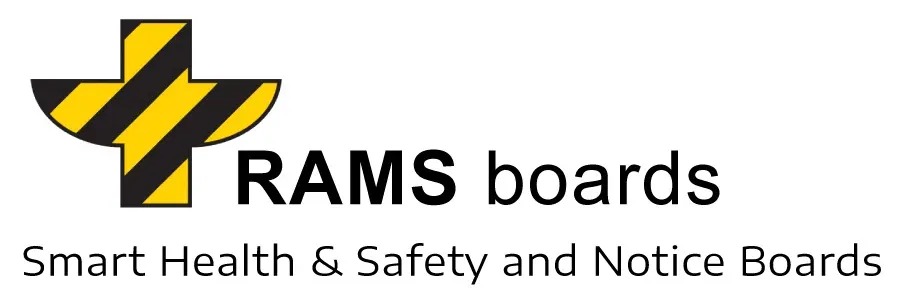RAMS boards have a profound and transformative impact on site safety culture, fundamentally changing the way safety information is communicated and perceived in various work environments, particularly in construction and industrial settings. This impact is multi-faceted, encompassing not just the physical presence of the boards, but also how they influence attitudes, behaviors, and practices related to safety.
Here’s an in-depth analysis of their impact:
- Promoting Safety Awareness: RAMS boards serve as a constant visual reminder of safety practices, guidelines, and regulations. Their presence reinforces the importance of safety on the site, keeping it at the forefront of every worker’s mind. This continuous visibility helps in ingraining safety as a fundamental aspect of daily operations.
- Facilitating Communication: The boards act as central points for disseminating crucial safety information. By presenting key safety messages in a clear and accessible manner, they improve understanding and compliance among the workforce. This is especially important in diverse settings, where language barriers might exist.
- Encouraging Engagement and Participation: The interactive nature of RAMS boards, with options for customization and updating information, encourages active participation from the workforce in safety processes. Workers feel more involved and responsible for their own safety and that of their colleagues.
- Standardizing Safety Procedures: RAMS boards help in standardizing safety procedures across the site. By providing a uniform platform for displaying safety information, they ensure that all workers, regardless of their role or location on the site, have access to the same safety guidelines and practices.
- Adapting to Site-Specific Needs: The ability to customize RAMS boards to reflect specific site requirements means that they can address unique risks and challenges of each location. This adaptability enhances their effectiveness in promoting a safety culture that is relevant and responsive to the specific needs of the site.
- Improving Compliance with Regulations: By prominently displaying regulatory information and compliance guidelines, RAMS boards play a critical role in ensuring that the site adheres to legal safety standards. This helps in fostering a culture of compliance and due diligence.
- Reducing Accidents and Incidents: The effective communication of safety information via RAMS boards contributes to a reduction in workplace accidents and incidents. This is achieved through better awareness and understanding of safety practices among the workforce.
- Enhancing Emergency Preparedness: The inclusion of emergency information and procedures on RAMS boards ensures that workers are better prepared to respond to emergencies. This preparedness is a crucial aspect of a proactive safety culture.
- Eco-Friendly Approach: The sustainable and eco-friendly nature of RAMS boards aligns with modern environmental consciousness in workplace practices, further enriching the safety culture with an aspect of environmental responsibility.
- Long-Term Cultural Shift: The longevity and durability of RAMS boards mean they are a long-term fixture on sites, contributing to a sustained and evolving safety culture over time. Their presence over extended periods helps in embedding safety as a core value within the organization.
In conclusion, RAMS boards have a significant and positive impact on site safety culture. They enhance safety awareness, improve communication, encourage engagement, standardize safety procedures, and ensure compliance with regulations. Through these various means, RAMS boards contribute to creating a more informed, compliant, and safety-conscious work environment.
